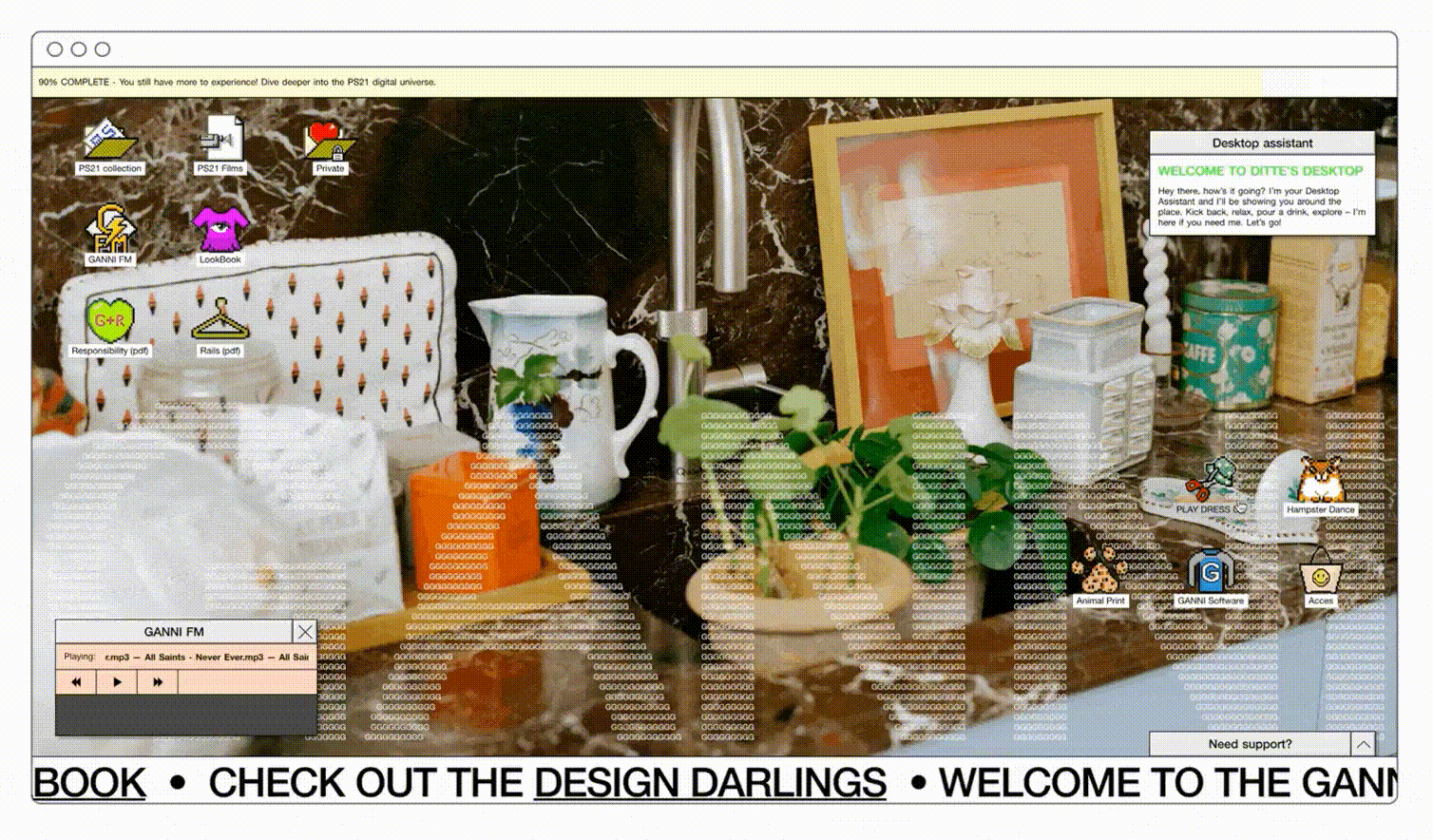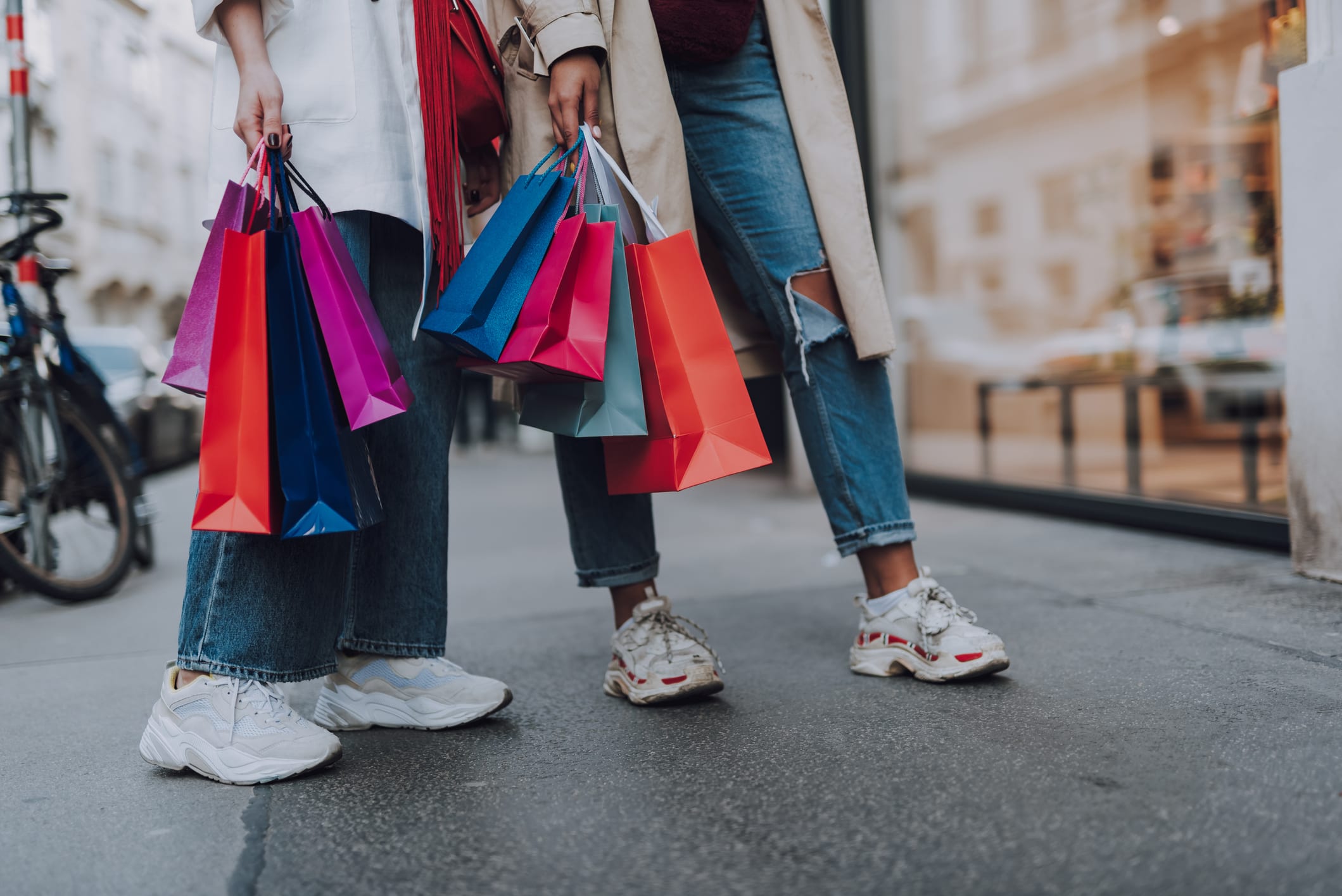Coronavirus lockdown restrictions are estimated to have catapulted digital commerce 10 years into the future in just three months. As a result, contactless payment has evolved from a convenient choice to a fundamental requirement, with 78% of consumers changing the way they pay in 2020. In the UK alone, 9 out of 10 Barclays cardholders made contactless payments last year. But contactless retail isn’t just about streamlining the checkout process; businesses must embrace touchless technology to enhance all aspects of the in-store customer experience.
Research by Mc kinsey Shows that frictionless shopping experiences are now more important than ever, with the customer’s ability to quickly and easily find what they’re looking for jumping 14 percentage points from march to june last year. Now is the time to rethink both digital and in-store sales, and how they overlap.
A digitally enabled retail experience
Visits to brick-and-mortar stores have historically been associated with a premium experience but since the high streets have shut down, consumer expectations have evolved in favour of digital. If retailers want to remain competitive and deliver experiences consumers can’t get online, they will have to up their tech game.
In-store technology has the potential to ease concerns surrounding safety by facilitating less crowded environments, at the same time as enhancing product search and personalising the shopping experience.
Despite this, More than a third (35%) Of shoppers have yet to experience even basic in-store technology, whether it’s browsing products on a digital screen, making mobile payments, or ‘click and collect’ services. But change is happening, with new innovations being released into mainstream shopping experiences.
Welcome to an extended reality
Retailers looking to impress should consider augmented and virtual reality, going beyond the fun of gamification and translating it into a practical application. Think navigation assistance or browsing catalogues. Some of the top global retailers are already making headway with these types of innovations:
Smart mirrors
H&m was well ahead of the curve, introducing a smart mirror to its times square shop in 2018. the voice-activated tech allowed shoppers to browse fashion looks and take selfies that could be sent to their smart devices with a qr code. From a beauty perspective, Sephora Now offers a 3 d ar mirror for customers to virtually try on any shade of lipstick or eye shadow, and in 2019 L’oreal Launched its style my hair app for people to test hair colours through a live video feed. Fast forward to 2021 and smart mirrors are being introduced to retail as a means to further reduce contact between retail employees and shoppers, with a projected Market growth of 12% – 14% by 2025.
Virtual showrooms
Scandinavian cult brand Ganni launched an immersive showroom To present its new collection to buyers amid the coronavirus travel restrictions. The showroom featured a personalised playlist, a lookbook that combines both video and still elements, campaign imagery, private folders and dress-up dolls. Buyers were able to browse the newest collection and save any items they wished to buy, while discovering a more personal side to the fashion brand. Lg Also introduced virtual showrooms for its b2 b offering, providing virtual tours to illustrate how the company’s digital signage options can be installed and adapted in various different settings.

Virtual shopping
Gucci Launched an ar lens in partnership with snapchat, allowing customers to virtually try on shoes. People were able to see themselves wearing a digital version of the branded shoes and can purchase instantly, enabling the brand to engage with consumers who are unable to visit stores. B&q Launched a virtual design tool in 2020 that allows customers to create a 3 d design of any space, with options for a full price breakdown and financing opportunities.
Enhancing asset tracking
Although there is a strong focus on the consumer benefits of touchless retail, the rewards for retailers are just as significant. For example, some retailers are adopting smart tags to improve asset tracking and promote swift self checkout.
River island Increased its stock accuracy from 70% to 98% after implementing a radio frequency identification (rfid) system across 280 stores and warehouses. Consumers expect retailers to know what products they have in stock in real-time, with 80% saying they are less inclined to visit a store when the website doesn’t provide current product availability.
Japanese clothing brand uniqlo has taken its rfid system to the next level by attaching it to price tags. Its new self-checkout system scans all items in a shopping basket at once, instead of reading each item separately. This speeds up the touchless process and, in turn, reduces the time customers spend in store to enable a better flow in line with in-store capacity guidelines. This technology can also track the products customers reach for but don’t buy, providing new insights to help brands adjust their marketing strategy and production plans.
The rapid road to contactless
Retailers are stepping into fairly new territory with touchless, meaning the playground to test new concepts is inviting for consumers. As a result, businesses that experiment are likely to increase promotional effectiveness, drive cross-selling and promote brand loyalty.
Now is the time to introduce innovative concepts to not only engage customers but also capture data to fuel a transformation strategy. New customer-centric solutions can help entice exploration, create shareable moments, and act as a funnel to attract new customers.
The technology enabling touchless commerce is starting to be widely adopted in areas people are accustomed to, such as airports, transport links and large shopping centres. As more people use this technology in everyday life, it becomes standard practice, similarly to how contactless payment quickly caught on. although in-store experiences are currently at a standstill, retailers have the opportunity to develop tech to test the waters and implement before it becomes more mainstream.
It’s already well on its way. Amazon go Has taken the shopping experience to the next level by eradicating the need for queues and cashiers. Shoppers first download the amazon go app, enter the store, simply pick up items they want and leave the store when finished. Cameras in the shop track every item picked up (and put back) by guests. Items taken are linked to the unique shopper qr code and charged accordingly.
The concept is evolving even further with Amazon one technology, which uses a unique palm signature to authenticate purchases. For now, palm reading is restricted to two amazon go stores in seattle, but the company thinks it could be rolled out in stadiums, gyms and offices as a safe touchless solution, requiring the customer to simply wave their palm in front of the device to pay. in most retail environments, amazon one could become an alternate payment or loyalty card option.
Just because consumers have yet to experience touchless tech on a wider scale doesn’t mean they won’t soon. A lot of innovation is happening behind the scenes to prepare the world to reopen safety. Retailers that act now will have a headstart in the new normal, whereas the ones that lag behind will be left to catch up in a highly competitive space.





